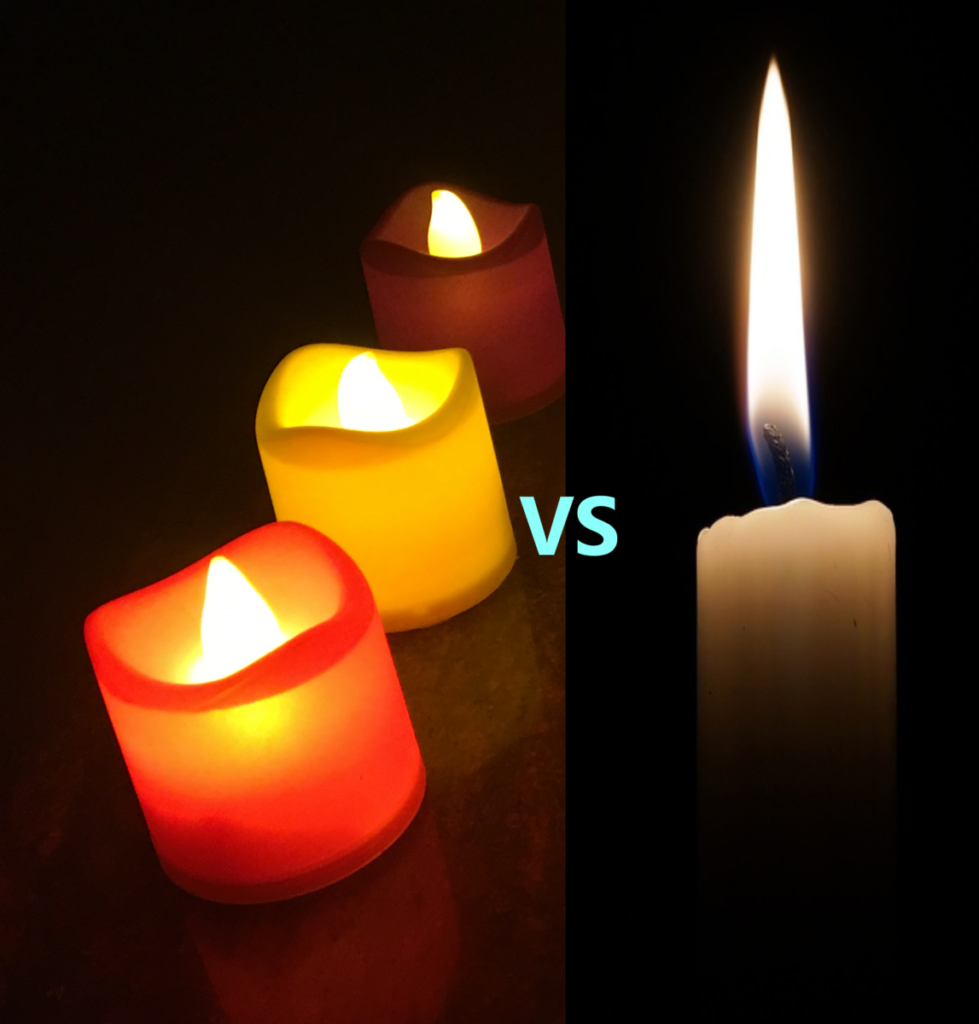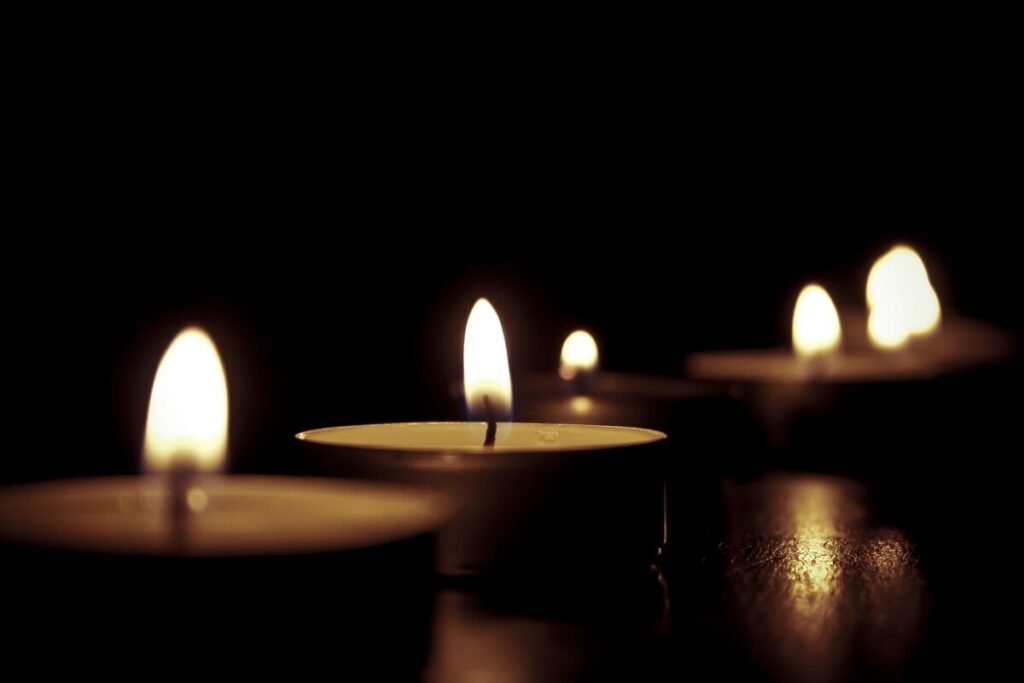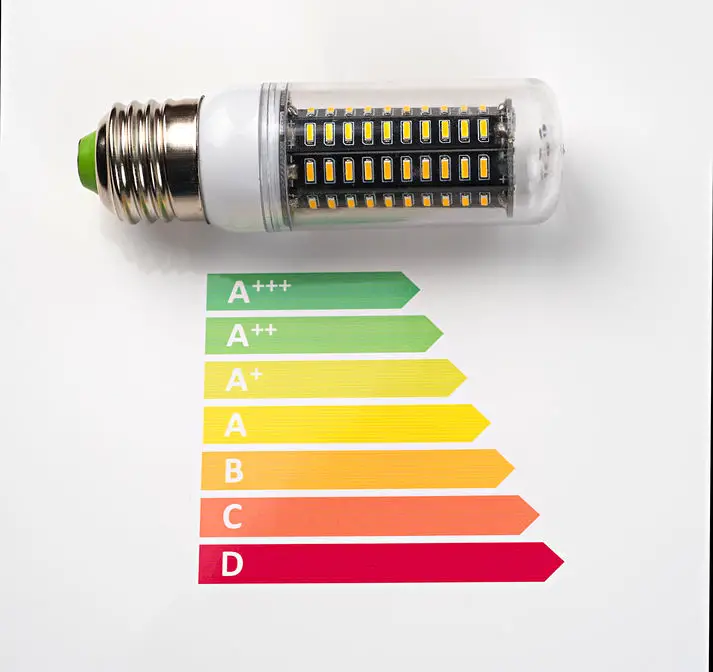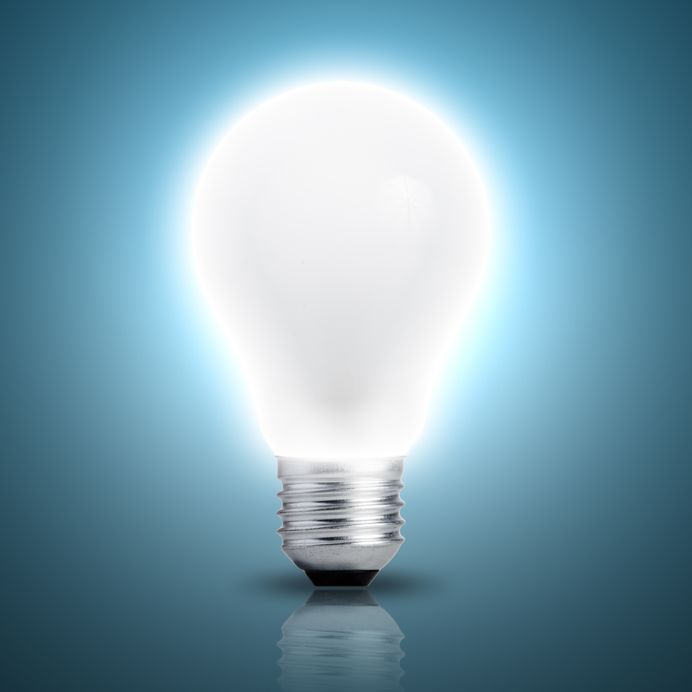Are Candles Cheaper To Use Than Electric Lighting?
As lighting technology has improved over the last century we have slowly but surely replaced most old technology like candles and incandescent light bulbs with newer technology such as fluorescent light and LEDs.
While these new lighting options are efficient at producing light, they may not always provide the same ambience and feeling as old-fashioned candles do.
This means that in some cases people may prefer to use candles over electrical light. But how do these lighting options compare in terms of cost?
In terms of pure cost efficiency, electric lighting such as CFLs and LEDs will always be more efficient than candlelight. The cost of candles themselves strongly outweighs the cost of an electric light bulb and the subsequent electricity it requires to operate it.

In order to make the following calculations and estimations fair we first need to establish a common ground when it comes to light output.
The light outputted from a 25W incandescent bulb will always be far greater than that of a small candlelight. Therefore, to make it fair we will use a baseline of 250 lumens (lm) to make the comparison fair.
A lumen is a unit of measurement for quantifying light. So for example, a 100W incandescent light and a 20W LED may use different amounts of energy but they end up producing the same amount of lumen.
This means that we can properly compare candles and electric lighting at the same light output, which will then give us a more accurate way of knowing what ends up being cheaper to run.
How Much Do Candles Cost?
The first number we will need to figure out is the price of a candle. The price of a candle can vary widely depending on a multitude of factors. These factors may be:
- The size of the candle.
- If the candle is scented or not.
- The brand of the candle.
- The shape of the candle.
Due to factors such as these the pricepoint of candles varies quite a lot. In order to make this comparison fair we will use candles at a lower end of the price spectrum.
Expensive candles can cost over $50 and are not realistic to use in the context of what lighting is cheaper. Instead, we will look for some cheaper candles to make the scenario more realistic.
On the other end of the cost spectrum, we have tealight candles. These candles are very small and produce the same amount of light as a bigger candle with the same wick size. The only main difference between these candles is that the burn time is much lower for tealight candles.

These candles can be bought for very cheap. On Amazon, you can buy a pack of 100 tealight candles for $20, which equals $0.2 per candle. Because these candles are so cheap we will use these to represent candles moving forwards.
We mentioned earlier how we would compare candles and light bulbs at 250 lumens. This means that we need to figure out how many tealight candles we need to reach 250 lumens.
A single candle will produce roughly 12 lumens. So, if we then divide 250 by 12 we find that we will need approximately 21 tealight candles to produce 250 lumens.
How Much Do Electric Light Bulbs Cost?
Now that we know how much purchasing candles will cost you we can look at how much light bulbs cost for comparison.
There are many different types of light bulbs that all come at varying price points. The most common light bulbs cost normally cost within the ranges listed below.
| Bulb Type | Cost Per Bulb |
|---|---|
| Incandescent bulb | $1-$2 |
| Halogen bulb | $1,5-$5 |
| Fluorescent bulb | $2,5-$6 |
| LED bulb | $2-$10 |
| Smart LED bulb | $21,17 |
| Sodium bulb | $15-$31 |
| Mercury vapour bulb | $8-$39 |
Using these values we can get a general idea of how much light bulbs will cost you in comparison to candles.
For the purposes of this experiment, we will use LED bulbs. LEDs are one of the most efficient man-made light sources and can last for several thousands of hours once installed.
Since LED bulbs are available at a wide range of prices we will consider that we only need the bulb to produce 250lm for this experiment.
Since 250lm is rather weak in terms of LED bulbs we will set the price of the LED bulbs to be around $5 as it is a realistic price for a bulb with this lumen output.
We will also include incandescent, halogen and compact fluorescent bulbs in our comparison later on since they are also pretty common bulbs. The prices we will set for these are $1, $2 and $4 respectively.
How Much Does Electricity Cost?
Now that we know how much the light sources cost to purchase we need to look at how much it costs to run them. The main factor to consider here is the cost of the electricity needed to operate a light bulb.
The price of electricity depends on a lot of factors such as the season of the year and the accessibility of cheap/expensive electricity in the area/country. While it is difficult to get an overall cohesive number of electricity costs over the world, here are a few averages found across the most popular parts of the world.
- In the United States, the average cost of electricity across all states is about 13.19 cents per kWh, with the lowest cost currently being in Louisiana at 9.37 cents per kWh and the highest being Hawaii at 32.76 cents per kWh. For these statistics and for a way to check the average electricity cost in your state we recommend you go here.
- In Europe, the average cost of electricity is 0.2126 Euros ($0,25) per kWh.
- In Canada, the average cost of electricity is about $0.179, varying widely depending on if you live inside or outside the different territories.
- In Asia, the average cost of electricity lies around $0.08-0,20 per kWh depending on where in Asia you live. This is because certain countries in Asia have a vast amount of oils and can therefore produce cheaper energy that way.
- In Australia, the average cost of electricity is around $0,33 per kWh.
As can be seen from these statistics, the average cost of electricity around most of the world hovers around 20-25 cents per kWh. For this reason, we will use an average electricity cost of $0,25 per kWh for our following calculations.
To make the following calculations more accurate for your situation you might need to figure out the kWh price where you live.
This information is usually easily obtainable from the electric bills you receive as they most likely either contain this number by itself somewhere in the paper or are easily calculated by dividing the cost of the electricity for the month by the number of kWh used that same month.
This will give you the price of 1 kWh of electricity. If these numbers are not obtainable at all you can try calling your electricity provider to see how much the electricity actually costs.
How Much Does Lighting A Candle Cost?
In order to include every aspect of the cost difference between electric lights and candles we also need to consider how much it costs to light a candle, even though it may not cost much at all.
Here we will look at lighting candles with matches and a lighter to see what ends up being cheaper, which will then be the alternative we use going forwards.
A lighter will normally last around 60 minutes or 3600 seconds. Lighting up a candle usually takes no more than 5 seconds, which means a lighter will last long enough to light 720 candles. A lighter can be bought for $2, which means that it costs roughly $0,003 to light per candle using a lighter.
Matchsticks are sold in a lot of different forms. For example, there are stormproof matches and branded aesthetic candles, which both cost more than regular basic matches.
The most basic matches are usually bought in boxes of 40-50 which cost around $1,5-$2. Under the assumption that you use 1 match to light your candles (since you can use the candles to light each other), it will cost $0.04 every time you light your candles.
This means that lighters are easily the cheapest option to use, which is why we will use them to light our hypothetical candles going forwards.
Candle vs Electric Light Comparison
Now that we have worked out how much everything costs we can run some calculations based on these numbers.
Firstly, we need to set a time frame. In order for electricity costs and candle lighting costs to have any form of impact, we need to establish a realistic timeframe.
For this, we will set the timespan to be 1000 hours of active burning. We will also assume that each time you light the bulbs and candles they will be active for 10 hours. This is realistic since you wouldn’t have live candles lit for longer than that anyway.
| Candle & Light Bulb Comparison @250lm | Tealight Candles | LED Bulb | Incandescent Bulb | Halogen Bulb | CFL Bulb |
|---|---|---|---|---|---|
| Cost per unit | $0.2 | $5 | $1 | $2 | $4 |
| Units needed for 1000 hours of runtime | 5250 | 1 | 1 | 1 | 1 |
| The total cost of lights | $1050 | $5 | $1 | $2 | $4 |
| Cost of lighting candles | $0,3 | X | X | X | X |
| Total electricity used | X | 4kWh | 20kWh | 11kWh | 5kWh |
| Total electricity cost (@$0,25 per kWh) | X | $1 | $5 | $2,75 | $1,25 |
| Total cost | $1050,3 | $6 | $6 | $4,75 | $5,25 |
As we can see judging by the numbers on this chart, using candlelight as your primary source of lighting is brutally inefficient in terms of cost.
It is also inefficient in terms of materials used. As we can see we have calculated that you would need 5250 tealight candles in order to fulfil 1000 hours of light at 250lm.
This is because a tealight candle only lasts about 4 hours on average. This means that you would need 250 sets of them because 1000 hours divided by 4 hours per set gives you 250 sets. Earlier we figured out that we need approximately 21 tealight candles to reach 250lm, so 250*21=5250 candles.
This number could be adjusted if the candles lasted longer or if they produce more light. However, that might compromise with the low purchasing cost of it. As long as you take all factors into account your calculation for this should be rather accurate.
These results also show us that in the shorter term, halogen bulbs are actually the most cost-efficient. This is due to how its purchasing cost is rather low and it’s moderately energy efficient. This causes it to achieve the lowest cost in this calculation.
That said, halogen bulbs are not nearly as cost-efficient as LEDs or CFLs in the longer run. If this experiment was run for 100 000 hours LEDs would win by far.
Summary
To summarize, candles are not a good lighting solution in terms of cost efficiency. Candles are good for providing warm and ambient lighting but fall short in cost-efficiency.
The most cost-efficient lighting solution currently available is LED bulbs since in the long term they will cost you much less than any other commonly available bulb.




